PIM
Why a PIM system?
May 1, 2023 · 5 min read
At ConnectingTheDots we still get a lot of questions like Does our organization need a PIM system or What can I use a PIM system for. To answer that question we start by answering the question, what exactly is a PIM system?
What is a PIM system?
A company can use a Product Information Management (PIM) system to manage and organise all relevant information about the products that it produces or sells.
Who are PIM systems meant for?
A PIM solution is aimed at companies that produce or sell many products. These can be manufacturers (manufacturing industry), trading companies and retailers.
These are generally companies that deal with large quantities of end products and components. A PIM system is a solution to keep track of this. You can read more about this in our step-by-step plan: How do you organize product content creation for a larger assortment? With a
PIM system, these companies have a software system for managing digital product information.
The product information can be published from the PIM system to sales channels. Such as the webshop, marketplaces, cash register systems or catalogues. Of course, the product content can also be distributed from the
PIM system to internal systems such as ERP, CRM or BI.
In a
PIM system, product information can be optimized for sales and relationships can be created between products.
What are typical problems when managing product information without a PIM system?
Within companies that do not yet work with
PIM software, product information is usually managed in different databases and other systems. This leads to various problems, such as:
- There is no complete overview within a company of the product range that is being carried
- The product information is recorded differently per system
- The product information is not complete
- The product information is not up to date
- The product information is incorrect
- The product information is not suitable to entice customers to purchase, or is not well-structured from an SEO perspective.
In short, there is no single central source or system in the company in which product information is managed. This makes working with product information not exactly a party. It is complicated, error-prone and above all takes a lot of time.
Why should you use a PIM system?
A PIM system creates order in chaos. This is the basis on which product content can be optimized. For example, to improve findability and saleability. In other words: When companies that have to manage many products start working with a
PIM system, there are many advantages to be gained in the field of:
PIM ensures efficiency.
- Product content only needs to be entered once, or imported once into a PIM system
- Consulting product information becomes easy, as there is a central system in which all product information is available
- Different departments can collaborate on product content in a PIM system
- The above points save time and frustration, and can shorten the “time to market” of new products.
Being able to rely on product information.
- Product information is stored in a PIM system in a uniform format
- All product information is managed according to a clear product classification in a PIM system
- A good PIM system signals product content that does not meet quality requirements
- From the central system, product content is published to all channels of a company that require product information. Such as the webshop, the cash register system, etc. This means that the organization can trust that the product content is consistent and of equal quality in all channels.
PIM software improves the marketability of products.
- Options (tools) for optimizing product content that increase the findability of products in search engines
- Options (tools) for optimizing product content that entices the customer to purchase the product
- Creating product relationships between products to increase the number of lines per order
- Optimizing product content to help customers make the right choice, thereby reducing returns and customer frustration.
How does a PIM system from ConnectingTheDots work?
Due to the increase in suppliers and the increase in the number of channels (think internet, social media, points of sale) and an increasingly demanding customer, the importance of good product content is increasing. Especially in the digital channels, accurate and appealing product content is vital to have your product range found in Google and then to be able to tempt the customer to purchase. Curious about what ConnectingTheDots can do for you? Then take a look at our PIM page, or make an appointment directly.
Tip: In addition to the ConnectingTheDots PIM system, our PIMeCommerce solution may also be interesting. Why? Because good product content is a prerequisite for successful e-commerce. And for good product content that increases conversion, you need a PIM system.
Want to know more?
Has PIM caught your interest? Then read our other blogs: Product content creation viewed differently; what can you do with application information? And Product Information Management in retail and wholesale.
Do you see the possibilities for your company and do you want to know more? Then
contact us without obligation or
request a demo.
Frequently asked questions about a PIM system.
What is a PIM system?
A Product Information Management (PIM) system collects and manages all of a company's product information, such as descriptions, specifications and pricing details, in one central location.
Who is a PIM system for?
A PIM system is intended for companies that produce or sell many products, such as manufacturers, trading companies and retailers. A PIM system helps these companies by centralizing and standardizing product information. This ensures faster product enrichment, consistent data across all sales channels and a better customer experience.
What are the benefits of a PIM system for my team?
A PIM system enables you to work together more efficiently within your team. By managing all product information in one central location, separate spreadsheets are a thing of the past.
What are some of the features within ConnectingTheDots PIM?
ConnectingTheDots offers a PIM system rich in functionalities to optimize your product management. Some important functions are:
Do I need a PIM system if I already have an ERP system?
To properly answer this question, it is important to first understand the difference between a PIM system and an ERP system.
How much does a PIM system from ConnectingTheDots cost?
A PIM system from ConnectingTheDots starts at 499 euros per month. The final costs depend on the size and complexity of your company.

Written by: Arnout Schutte







